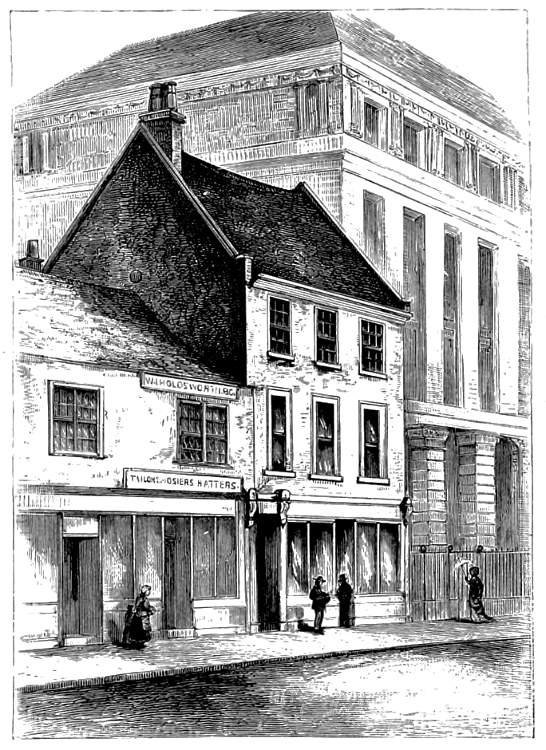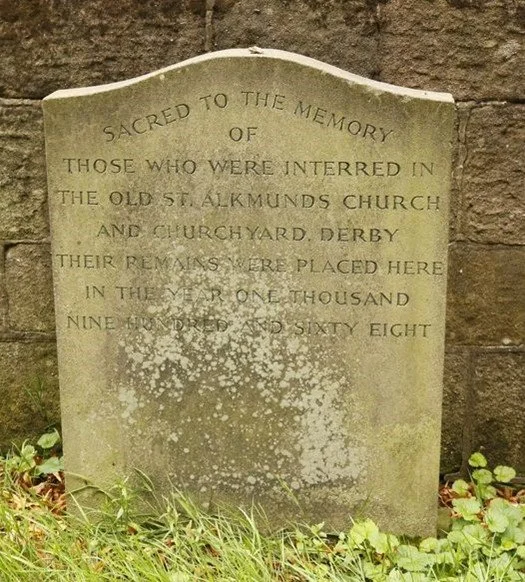Joseph Wright
///blows.certified.spoil
Joseph Wright, Associate Member of the Royal Academy (ARA), was a prolific painter, noted for his portraits, landscapes and for his fine paintings of scenes from the Industrial Revolution. He would later become known as 'Wright of Derby', avoiding confusion with the other painter of the same name.
He was the third son of John Wright and Hannah Brookes, born at 28 Iron Gate, Derby on 3 September 1734.
He was a talented child who studied as Derby Grammar School and was fascinated by mechanics. However, his talent for drawing and painting grew. So, aged 17, he moved to London to learn his craft as a portraitist, studying and working for two years under the renowned portrait artist Thomas Hudson, whose other students included Joshua Reynolds. In 1753, Joseph returned to Derby where he began to establish himself as a prominent portrait artist, working throughout the English Midlands and also in Liverpool.
In the 1760s, influenced by Dutch masters, he started his "Candlelight" paintings illuminating his subjects with an exaggerated contrast of light and darkness. His first exhibit was held at the Incorporated Society of Artists in 1765, showing there regularly until 1776, when he transferred to the Royal Academy. He painted a number of scenes from the Industrial Revolution which captured the wonder of scientific advancements of the day. Among these masterpieces are the 1766 painting 'A Philosopher Lecturing on the Orrery', the 'Bird in the Air Pump' in 1768 and from 1771 'The Alchemist, in Search of the Philosopher's Stone'.
On July 28, 1773 Joseph married Anne Swift the daughter of a Derbyshire lead miner. Joseph and the pregnant Anne set off for Italy in the autumn of 1773 where they travelled with other painters. There they studied the works of masters such as Michelangelo and toured the country making many sketches and landscape paintings. He witnessed an eruption of Mount Vesuvius, of which he produced eighteen paintings.
Their first child, Anna Romana was born in Rome on 24th June 1774 and the family returned to England in September 1775. They initially settled in Bath where he sought patronage, before finally returning to Derby in 1777. The couple had five other children, Joseph, Harriett, John, Maria & Joseph, although only three of these survived infancy. Sadly, Anne died on 17th August 1790 aged only 41 and was interred in St Alkmund's Church in Derby.
Despite failing health, the widowed Joseph continued to live and work in Derby, until his death on 29th August 1797. He was laid to rest on 1st September 1797 with his wife and two of his children in the centre aisle of St. Alkmund's Church in Derby, close to where he had been living with his daughter Harriett in Queen Street. His memorial on one of the church pillars read as follows:
In the middle Ifle oppofite this Pillar
are depofited
The Remains of
JOSEPH WRIGHT Efqr
PAINTER
He died Auguft 29th, 1797,
Aged 62.
His well earn'd Merit in his Works is fhewn
Where Tafte and Genius mark him for their own.
Here are likewife interred
ANN, Wife of the faid JOSEPH WRIGHT
who died Auguft 17th, 1790.
Aged 41.
JOHN, their Son, who died March 22nd 1798,
Aged 17.
And JOSEPH who died in his infancy.
In 1968, amidst controversy, St. Alkmund's Church was pulled down to make way for a new Derby ring road, which now runs through the site of the former church. At this time, burials in the Church and its two graveyards were removed and the remains of those buried there were reinterred in a mass grave at Nottingham Road Cemetery, the site of which is marked by a stone tablet.
Joseph's Memorial from the former St. Alkmund's Church was retained by the Derby Town Council for later installation at the new St Alkmund's Church, built on Kedleston Road Derby and consecrated in 1972.
During the demolition of the original St. Alkmund's church, a large stone grave slab was discovered, this is believed to be a stone re-used from a more ancient burial. The stone was engraved 'JOSEPH WRIGHT Efq'.
This stone was originally transferred to the churchyard of St. Werburgh's Church in Derby, before being transferred to Derby Cathedral, initially outside but later moved inside where it can be seen on display in the Cavendish Corner.
The William Bemrose biography of Wright can be found here: https://www.gutenberg.org/files/66201/66201-h/66201-h.htm






